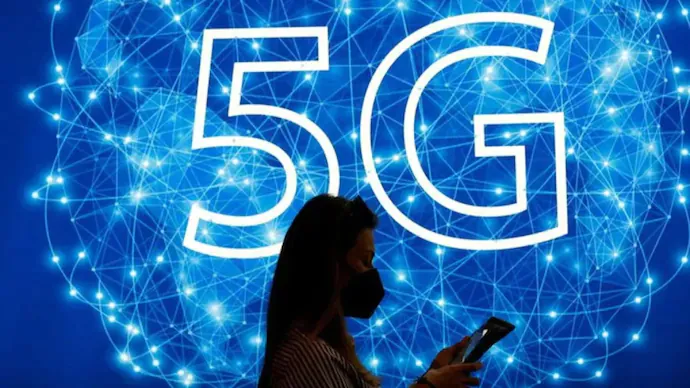Table of Contents
Introduction
In the fast-paced world of technological advancements, 5G has emerged as a revolutionary force, promising to redefine our mobile internet experience. This fifth-generation wireless technology goes beyond its predecessors, offering unparalleled speed, reliability, and low latency. Let’s delve into the key aspects that make 5G a game-changer in the realm of mobile connectivity.
5G Technology: A Revolution Unleashed
The advent of 5G technology marks a significant leap forward in the evolution of wireless communication. Unlike its predecessors, 5G is not just an incremental improvement; it’s a revolutionary shift that promises to transform the way we connect and communicate. With speeds that dwarf those of 4G, 5G opens up new possibilities for innovation and connectivity.
Unraveling the Mystery of 5G Low Latency
One of the standout features of 5G is its low latency, a term that might sound technical but holds immense importance in our day-to-day digital interactions. Low latency essentially means a minimal delay in the transmission of data. To put it simply, when you click a link or send a message, the response is nearly instantaneous with 5G. This characteristic is a game-changer for applications that demand real-time interaction, such as online gaming, video conferencing, and autonomous vehicles.
Nostalgia: Remembering the 2G Nokia 3310
Before we plunge into the intricacies of 5G, let’s take a moment to reminisce about the days of 2G and the iconic Nokia 3310. A device that once held the pinnacle of mobile technology, the Nokia 3310 seems worlds apart from the 5G-powered smartphones we use today. Reflecting on this journey highlights the exponential growth and transformation the mobile industry has undergone, setting the stage for the capabilities of 5G.
Exploring 5G in Detail
Now, let’s dissect the key components of 5G technology that contribute to its exceptional performance. From advanced antenna technologies and spectrum utilization to network slicing and massive device connectivity, each element plays a crucial role in shaping the 5G landscape.
Advanced Antenna Technologies
Unlike its predecessors, 5G utilizes advanced antenna technologies like Massive MIMO (Multiple Input Multiple Output) and beamforming. These innovations enhance signal quality, increase capacity, and enable faster data transmission, ensuring a seamless and robust mobile experience.
Spectrum Utilization
5G leverages a broader spectrum range, including high-frequency millimeter waves. This expanded spectrum allows for higher data rates and increased network capacity. However, it’s essential to understand the trade-offs, such as reduced coverage area and penetration through obstacles.
Network Slicing
Network slicing is a key feature that enables the creation of virtual networks tailored to specific applications or user groups. This customization ensures that diverse connectivity requirements, from enhanced mobile broadband to low-latency IoT applications, can coexist on the same infrastructure.
Massive Device Connectivity
The era of the Internet of Things (IoT) is fully realized with 5G, as it can support a massive number of connected devices simultaneously. This capability is vital for the proliferation of smart cities, industrial automation, and other applications that rely on a vast network of interconnected devices.
Conclusion
In conclusion, 5G technology is not merely an upgrade; it’s a transformative force that propels us into a new era of connectivity. As we embrace the speed, reliability, and low latency offered by 5G, it’s essential to reflect on the journey from the humble Nokia 3310 to the sophisticated 5G-enabled devices we wield today. The future promises unprecedented possibilities, and 5G is the catalyst that propels us forward into this exciting frontier of connectivity.



